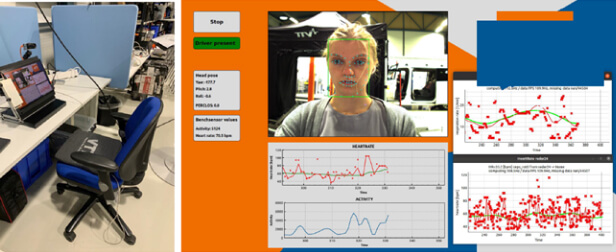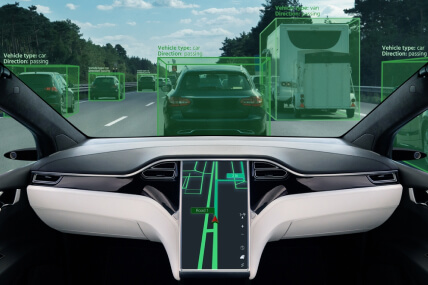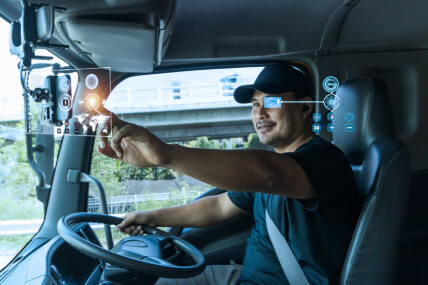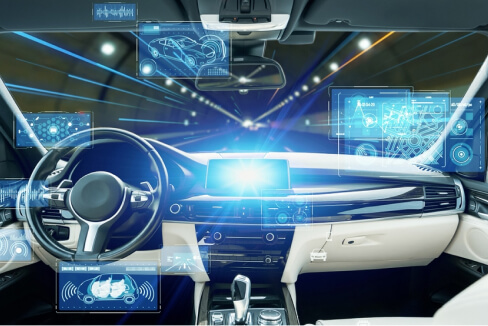Driver Monitoring System
Keeping Drivers Focused. Saving Lives.


Tooltech, in collaboration with VTT Technical Research Centre of Finland, has co-developed a high-performance Driver Monitoring System (DMS) that elevates vehicle safety standards. With growing regulatory pressure from Euro NCAP, NHTSA, and others, this solution meets the call for AI-driven, occupant-aware systems—detecting driver distraction, drowsiness, and cognitive overload in real time.
The objective of the driver monitoring system is to assess the ability of drivers or operators to regain control of a vehicle in the event of automation system errors, particularly in cases where rapid reaction times are critical. This is especially relevant in highly automated driving scenarios, such as vehicle platooning, where seamless transitions between automated and manual control are essential for maintaining safety and operational efficiency.
The Problem
Driver error remains one of the top contributors to road accidents—whether on
highways, in mines, or urban environments. Despite technological progress in
autonomous features, handover safety remains a weak point.
Key challenges today include
Inattentiveness due to fatigue or distractions
Lack of physiological data for real-time safety interventions
Poor visibility into driver readiness during autonomous control transitions
High cost and low resolution of training data for AI systems
The Product – Our Solution
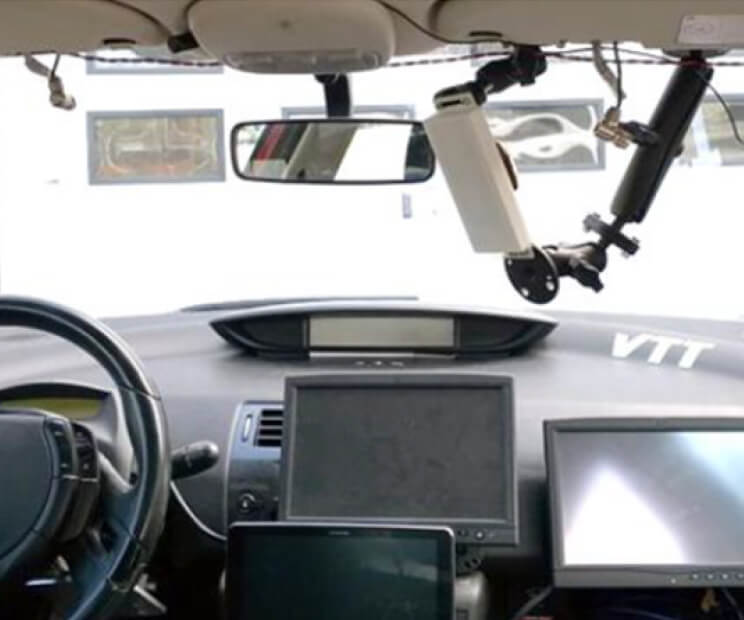

The camera-based driver monitoring system (DMS) continuously evaluates driver workload and readiness to take over vehicle control. The system detects signs of distraction, or cognitive overload by analysing eye movement, head posture, PERcentage of CLOSure and physiological data like respiration, heart rate variability to detect distraction or cognitive overload. Most existing driver monitoring devices aim to recognize driver fatigue. However, in the era of automated vehicles, this is not always the most relevant concern.
Instead, our camera-based DMS, integrated with personalized biometric sensing & real-time physiological data, detects distraction, cognitive overload, and individual driving behavior to enhance safety, operational efficiency and more efficient transitions between automated and manual control.
To enhance its accuracy & reliability, the DMS integrates personalized biometric sensing, including heart rate variability (HRV), providing deeper insights into the driver’s physiological & cognitive condition. Additionally, the system incorporates operational data reflecting individual driving behavior, which needed in adapting steering patterns, braking habits, & response times under varying traffic conditions.
